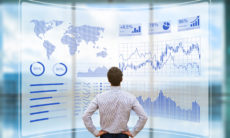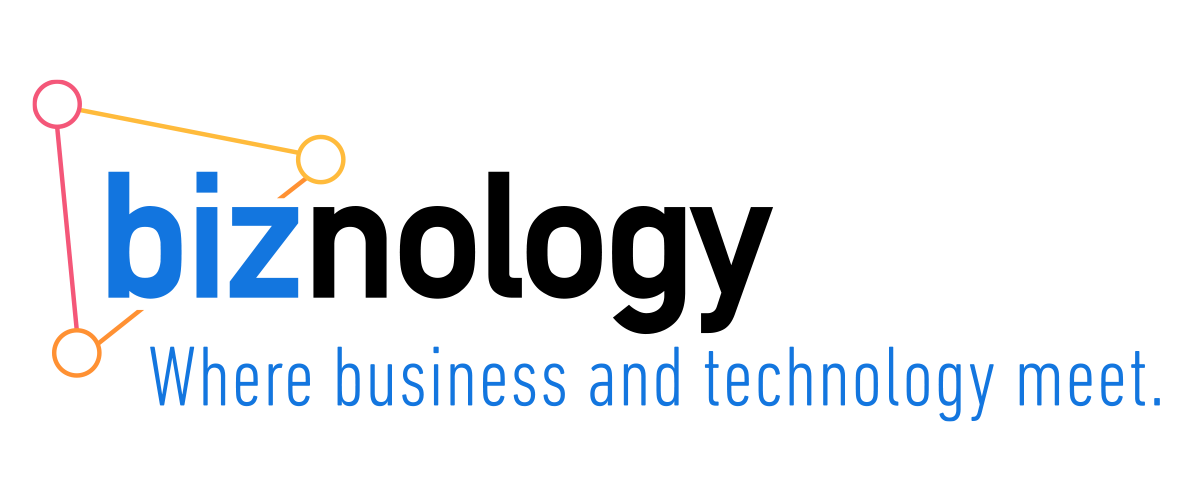Fans of Star Trek are very familiar with the concepts of the food synthesizer (in the original series) and the replicator (The Next Generation):
The so-called ‘replicators’ can reconstitute matter and produce everything that is needed out of pure energy, no matter whether food, medicaments, or spare parts are required. A replicator can create any inanimate matter, as long as the desired molecular structure is on file (…) – Source: Wikipedia – Replicator
As the Star Trek franchise evolved, the uses of this technology expanded from simply creating food items to being able to create spare parts of spacecrafts, and even breathable air: as long as they had the digital specs on file, the possibilities were endless.
With 3D printers and 3D scanners going mainstream, we start getting an early preview of the potential behind moving from atoms to bits and then back to atoms. Two centuries before that, photo negatives already allowed us the ability to generate infinite copies of pictures from a single specification in the form of transparent film with light and dark areas.
More and more items are being moved to a digital world of zeroes and ones. Beyond the obvious cases of audio and images, the explosion of sensors created the possibility of preserving almost any variations in patterns that occur in the physical world to a digital spec that can be analyzed and sometimes even recreated. We have records of almost everything measurable: temperature, winds, sunlight, heart beats, sleeping hours, calories consumed, you name it.
There are undoubtedly many opportunities created by digitization, such as a reduced environmental impact by diminishing the demand on natural resources, and the ability to process massive amounts of information to find new patterns that are not evident in small scale. However, we often forget that digitization giveth, but digitization also taketh away. The physical world has unique properties that make them desirable: “things” occupy space, have weight, texture, taste, smell, and so on. As things become digitized, we stop noticing things that are easy to tell in the physical world.
For example, the items inside your fridge at home occupy space, need to be placed in different parts of it according to their shape, weight, or temperature needs, and get rotten. You don’t need a computer to tell you that. You just know.
On the other side, digitized items are often used very inefficiently, as we don’t see them. They don’t smell bad as they get old. They keep piling up in some virtual storage, and we don’t notice it. They get unevenly distributed among those who need them, but we don’t even realize they are not moving efficiently. Out of sight, out of mind.
Two critical examples of virtual, intangible goods that would benefit immensely from being more noticeable by our senses are money and knowledge. Of course, I don’t mean that we should go back to a barter system or just have a cash only society. But many of us manage our finances poorly because we don’t “see” or “smell” them. We don’t promptly notice when they are just sitting somewhere missing better opportunities. Worse, when they are shrinking quickly in a bad investment, or because we are simply overspending. Financial institutions need to do a much better job of helping us “see” what is happening with our finances. Not necessarily converting them to anything physical, but at a minimum making us notice them using our senses, not only our thoughts. Don’t send me that dry statement once a month with a bunch of numbers. Give me the opportunity to visualize what is happening with my finances in a more timely manner, so that I can react the same way that I manage my fridge.
Knowledge management deals a lot with the way we structure our information, using complex concepts such as information architecture, taxonomy, ontology, folksonomy, and metadata. It should take a step forward and invest in technologies that allow us to visualize how all that knowledge is moving around from brain to brain, from where it’s produced to where it’s needed. It has to separate old, outdated, or inaccurate pieces of information from new, fresh, reliable ones. It must place information in places where it makes sense according to its attributes and consumption, the same way we place eggs, vegetables and ice cream in different parts of the refrigerator, or specific aisles in the grocery store.
Digital transformation is not about moving everything to a binary model that computers can understand and process. It’s rather a two-way street between the sensorial world that humans are used to and the world of ones and zeroes where computers systems excel.







